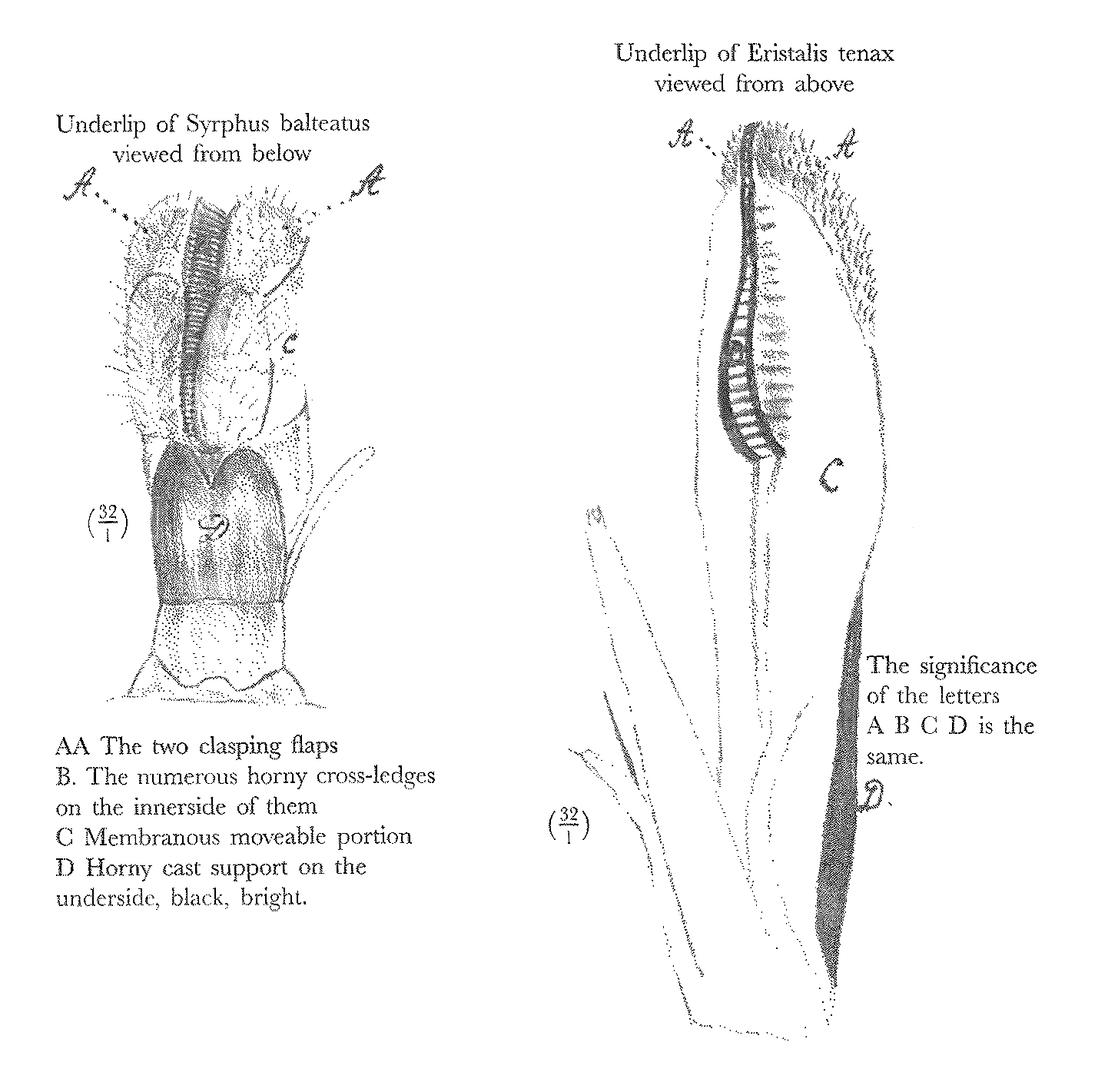From Hermann Müller 23 October 1867
Lippstadt
23th October 1867
Dear Sir!
I am very much obliged to you for your kindness in having sent me the German version of the forth edition of your work on species.1 I have read several months ago the original of this forth edition and have been as much pleased as surprised at the plenty of new important evidences your theorie has gained since the first German edition has been published.2 It has been a great pleasure to me to receive now out of your own hand your work together with your portrait.3 Being by no means able to return my thanks to you by any however unimportant own work I can only send to you my portrait.4
A single observation made by me several weeks ago perhaps could be of some interesting to you. I have never heard or read that Dipterous insects take other than fluid food. Therefore I was surprised by seing that Eristalis tenax, Rhingia rostrata, different species of Syrphus and many other Dipterous insects eat enorm quantities of pollen grains.5
With Eristalis tenax I was allowed long time to look at its eating in immediate nearness, and to convince myself that the complicate structure of its underlip is admirably adapted as well to this foot as to the sucking of nectar.

The two flaps on the free end of the underlip clasp little clusters of pollen grains between them and grind them behind by quick alternate porrections and retractions. The numerous horny cross-ledges on the inner side of the two flaps serve to seize, to hold and to shove behind the single pollengrains The distance of these horny ledges apparently is adapted to the greatness of the pollengrains. For I found the stomach of Eristalis tenax filled for the greatest part with many hundred thousands of the large pollen grains of an Oenothera cultivated in my garden; whilst the stomach of Syrphus balteatus (which species has narrower cross ledges on the underlip) contained only much lesser pollengrains
When sucking the fly put the ends of their bristle shaped mandibles (not represented in my drawing) between the two flaps, thus giving to them a fixed direction and then draws back the lateral portions C.6
The cold season has finished to early my just begun observations. It will be, I believe, an interesting proposing to compare accurately the structure of the underlip of stinging and exclusively sucking Dipterons with those who besides eat pollen and to search generally what details of structure the mouth of the flower-visiting insects of all orders has gained in the struggle for existence, in the purpose to attain better the food offered by the flowers. For the complet understanding of the complicate structure of the mouth of Dipterons it is, I believe, indispensable to take notice of its adaption to pollen-food.
If you know any observations published on this object I whould be glad of hearing where they are published.
With the greatest respect and my sincere thanks I remain, dear Sir, | yours very faithfully | Hermann Müller.
Footnotes
Bibliography
Correspondence: The correspondence of Charles Darwin. Edited by Frederick Burkhardt et al. 29 vols to date. Cambridge: Cambridge University Press. 1985–.
Gilbert, Francis S. 1993. Hoverflies. Revised edition. Slough: Richmond Publishing.
Müller, Hermann. 1869. Die Anwendung der Darwin’schen Lehre auf Blumen und blumen-besuchende Insekten. [Read 18 May 1869.] Verhandlungen des naturhistorischen Vereines der preussischen Rheinlande und Westphalens (Botanik, Correspondenzblatt) 26: 43–66.
Origin: On the origin of species by means of natural selection, or the preservation of favoured races in the struggle for life. By Charles Darwin. London: John Murray. 1859.
Summary
Thanks for German version of Origin [1867].
Dipterous insects are adapted to eating pollen rather than only to sucking nectar. He describes such adaptations in two dipteran species.
Letter details
- Letter no.
- DCP-LETT-5657
- From
- Heinrich Ludwig Hermann (Hermann) Müller
- To
- Charles Robert Darwin
- Sent from
- Lippstadt
- Source of text
- DAR 171: 291
- Physical description
- ALS 3pp
Please cite as
Darwin Correspondence Project, “Letter no. 5657,” accessed on
Also published in The Correspondence of Charles Darwin, vol. 15


